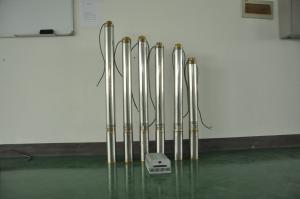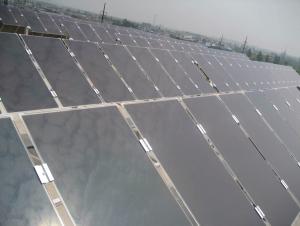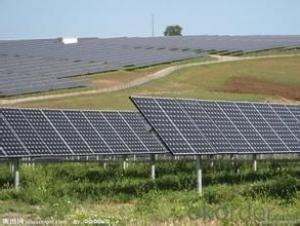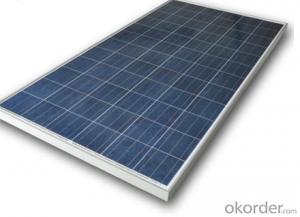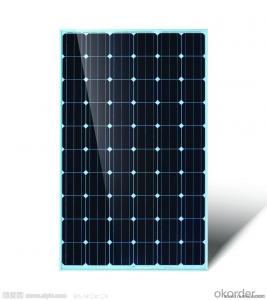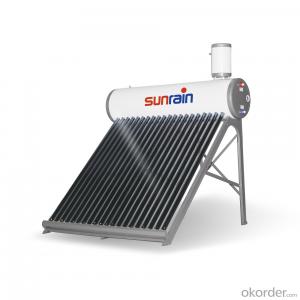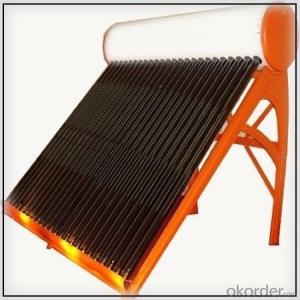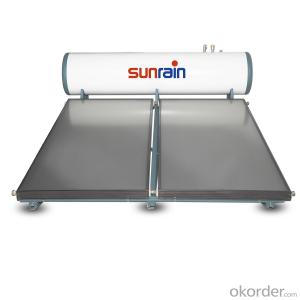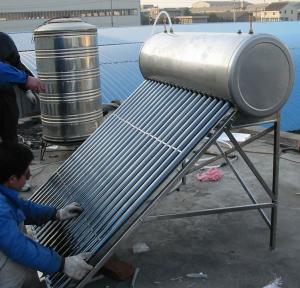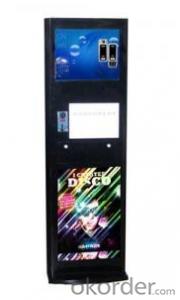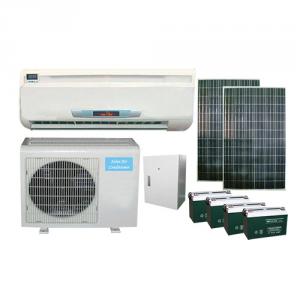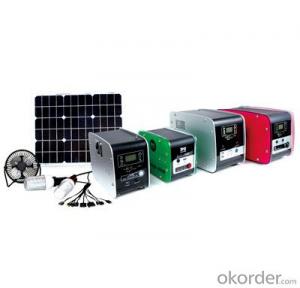Solar Power Without Inverter
Solar Power Without Inverter Related Searches
Solar Without Inverter Solar System Without Inverter Solar Panel Without Inverter Without Battery Solar Inverter Inverter Without Solar Panel Solar Without Battery Inverter Inverter With Battery Solar Solar With Electric Inverter Solar Power To Inverter Inverter With Solar Input Transformerless Solar Inverter Solar Battery With Inverter Convert Inverter To Solar Solar Power Inverter Off Grid Inverter With Solar Panels Inverter With Solar Panel Inverter With Solar Charger Solar Power Kit With Inverter Solar Power To Ac Inverter Solar Inverter Off Grid Solar Panel With Inverter Make Solar Inverter At Home Cheap Solar Power Inverter Solar Charger With Inverter Inverter Solar Off Grid Inverter With Solar System Solar Panels With Inverter Best Solar Inverter Off Grid Homemade Solar Inverter Solar Based InverterSolar Power Without Inverter Supplier & Manufacturer from China
Solar Power Without Inverter is a unique and innovative product that has gained popularity in the renewable energy sector. This product utilizes a direct current (DC) system, eliminating the need for an inverter to convert the power to alternating current (AC). This not only reduces the complexity of the system but also increases efficiency and reliability. The Solar Power Without Inverter system is particularly useful in off-grid applications, such as remote homes, cabins, and other locations where grid electricity is not readily available. It is also suitable for powering small appliances, lighting, and other low-voltage devices in both residential and commercial settings.The Solar Power Without Inverter system is designed to harness the power of the sun and convert it into usable energy without the need for an inverter. This makes it an ideal solution for those looking to reduce their reliance on traditional energy sources and embrace a more sustainable lifestyle. The system is easy to install and maintain, making it a popular choice for both DIY enthusiasts and professional installers. Okorder.com is a leading wholesale supplier of Solar Power Without Inverter products, offering a wide range of options to suit various needs and budgets. With a large inventory and competitive pricing, Okorder.com is committed to providing customers with the highest quality products and exceptional service.
Hot Products

